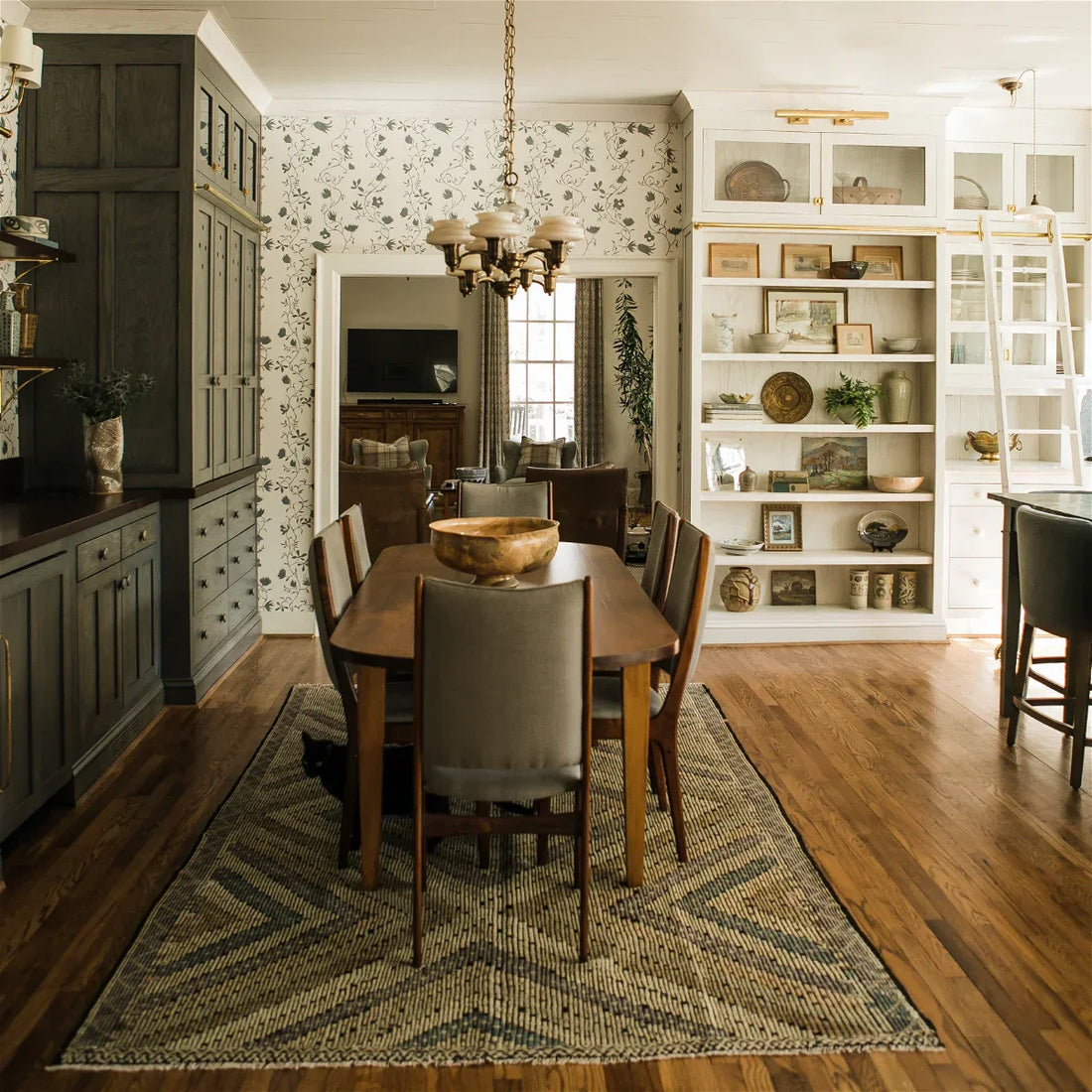
Elevate Your Dining Space: Choosing the Perfect Area Rug for Under Your Dining Table
The dining room is a place where families gather, friends connect, and memories are created. One often overlooked, yet crucial, element in this space is the area rug under the dining table. It not only adds warmth and style but also serves practical purposes like protecting your flooring and defining the dining area. In this comprehensive guide, we'll explore the art of selecting the ideal area rug for under your dining table, incorporating Google keyword search terms to ensure your readers find the information they need.
1. The Right Size Matters:
Let's start with one of the most critical aspects of choosing a dining room rug—size. Keywords like "dining room rug size guide" or "how to measure for a dining room rug" can help your readers understand the importance of getting the size right. Here's a breakdown:
-
Rectangular Tables: For rectangular or oval dining tables, the rug should be at least 24 inches wider and longer than the table. This allows room for chairs to be comfortably pulled out without slipping off the rug.
-
Round Tables: For round tables, consider a round rug with a diameter that's 4-5 feet larger than the table. This ensures that the chairs remain on the rug, even when pushed back.
2. Color: Setting the Tone:
Keywords like "dining room rug color ideas" can inspire your readers when it comes to choosing the right color for their dining area rug. Consider the following tips:
-
Neutral Elegance: A neutral-colored rug, such as beige or gray, can create a timeless and sophisticated look. It complements various decor styles and allows you to play with colorful dining chairs or table settings.
-
Bold Statements: If you want the rug to be the focal point, keywords like "vibrant dining room rugs" can be incorporated. A bold, colorful rug can infuse energy and personality into your dining space.
-
Pattern Play: Keywords like "patterned dining room rugs" can lead readers to rugs with intricate patterns. These can add visual interest and tie in with your overall decor theme.
3. Shape: Defining Your Dining Area:
The shape of your dining room rug should complement the shape of your dining table. Keywords like "round dining room rug" or "rectangular dining room rug" can guide your readers. Here's how to choose the right shape:
-
Rectangular Rugs: Ideal for rectangular or oval tables. They accentuate the table's lines and provide ample space for chairs.
-
Round Rugs: Round tables look best with round rugs. This shape enhances the table's form and creates a cohesive look.
-
Square Rugs: Square rugs work well with square dining tables, providing symmetry and balance.
4. Material Matters:
When discussing area rug materials, incorporate keywords like "best materials for dining room rugs" or "dining room rug materials guide." The material you choose can impact both the rug's durability and maintenance. Here are some popular options:
-
Wool: Keywords like "wool dining room rugs" can help your readers explore this classic choice. Wool is durable, stain-resistant, and provides a luxurious feel underfoot.
-
Synthetic Fibers: Rugs made of synthetic materials like nylon or polyester are more budget-friendly. They are also easy to clean and maintain, making them suitable for busy dining areas.
-
Natural Fibers: Keywords like "jute dining room rugs" or "sisal dining room rugs" can introduce readers to eco-friendly options. These rugs have a natural, textured look but may require more maintenance.
-
Blends: Many rugs are crafted from a blend of materials, combining the best qualities of each. Mention keywords like "blended dining room rugs" to guide readers toward these versatile options.
5. Maintenance and Cleaning:
Keywords like "dining room rug care tips" or "how to clean a dining room rug" can provide valuable information on keeping the rug looking its best. Share tips on regular vacuuming, spot cleaning, and professional cleaning when necessary.
6. Budget Considerations:
Incorporate keywords like "affordable dining room rugs" or "budget-friendly dining room decor" to help cost-conscious readers find options that fit their financial plan. Mention that rugs come in a wide range of price points, so there's something for every budget.
7. Layering with Style:
For those who want to add extra flair, discuss keywords like "layering rugs in the dining room." Layering a smaller rug on top of a larger one can create a unique and visually appealing effect.
In conclusion, selecting the perfect area rug for under your dining table is a crucial decision that can enhance the overall look and feel of your dining space. By considering size, color, shape, material, and maintenance, you can ensure that your dining room rug not only complements your decor but also withstands the test of time. So, go ahead and transform your dining area into a stylish and inviting haven with the right area rug as the centerpiece. Happy decorating and dining!
